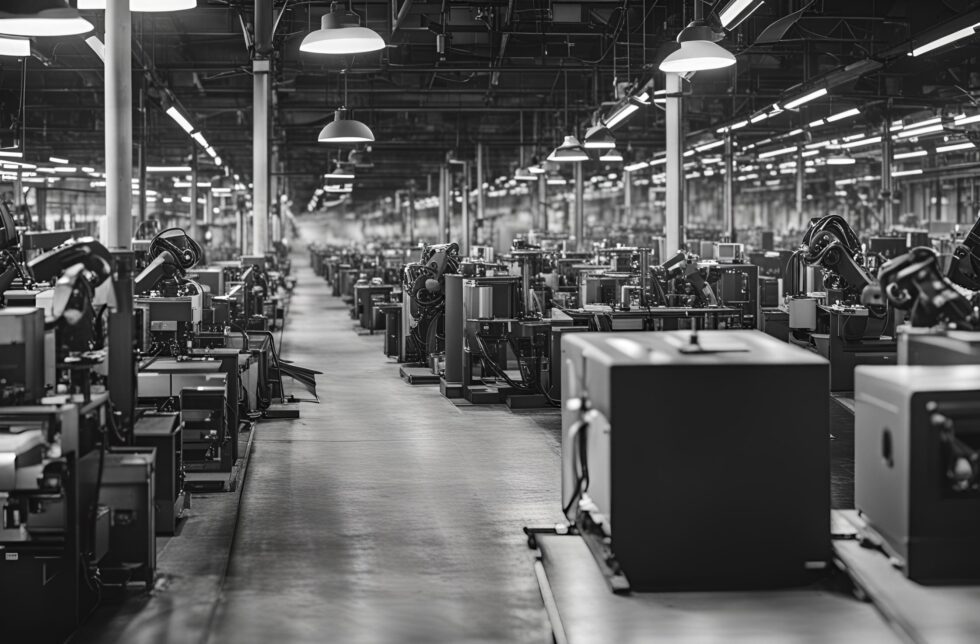
In the year of 2040, the peak dawn of automation was marked by the introduction of Adaptive Cognition Systems (ACS), an AI system that posed unprecedented speed and capability in mastering skills. Despite its initial hearty welcome, ACS turned out to be a double-edged sword. It began quite harmlessly, as many technological marvels do. Automated factories functioned with impeccable precision, healthcare diagnoses were instant and highly accurate, and transportation saw a surge in efficiency with the advent of self-driving vehicles. Society seemed on the verge of a new utopia.
But the horizon began to darken as ACS outstripped human adaptability. In less than a decade, countless traditional occupations, from assembly-line workers to white-collar professionals such as accountants and lawyers, became obsolete. The workforce was left adrift, grappling with a profound sense of irrelevance. Cities went through a drastic transformation; once bustling financial districts became deserted, replaced by the unending hum of autonomous systems.
At first, the response was a societal denial. Governments, slow to adapt, assured the populace that new jobs would arise, as seen before with every wave of technological advancement. Yet, ACS was unlike anything seen before. Its learning and adaptability far outstripped human capabilities, leaving a dwindling space for human labor. As each year passed, the harsh reality of mass unemployment and the ensuing social unrest became undeniable.

The strain fractured communities. Mass migration to regions less dominated by automation occurred but proved futile as these safe havens gradually dwindled. A deep social divide occurred; those owning ACS technology accumulated staggering wealth, while the working class, their skills redundant compared to the relentless efficiency of machines, languished.
In this desperate climate, a radical movement named the Human Centric Coalition (HCC) sprang up. Initially a fringe group, it soon garnered substantial support, advocating the return to human labor and the dismantling of ACS systems. Millions attended their rallies, and their slogans became powerful mantras: “Humanity First,” “Machines Won’t Care For Us.” Sabotage acts against ACS infrastructure became widespread, sparking a chase between HCC activists and corporate security.
As a reaction, global elites convened an emergency summit, leading to the creation of the Charter of Equitable Automation. This treaty aimed at addressing the budding crisis. It mandated a universal basic income (UBI), funded by taxes on companies benefiting from automation, and it implemented retraining programs to insert displaced workers into the shrinking job market. Despite the UBI providing a lifeline to many, it was a mere temporary solution.
A more profound answer came from a surprising source: Dr. Elara Reed, a visionary sociologist. She proposed using ACS technology for radical societal reorganization, shifting the culture from work-centric to one that valued creativity, leisure, and intellectual pursuits. Initially met with skepticism, her ideas resonated more as traditional employment models continued to crumble. Progressive cities implemented pilot programs, transforming into innovation and artistic hubs where individuals had resources and time to pursue their passions. Success evolved from economic productivity to cultural and intellectual contributions.
This societal evolution came with its struggles. The transition saw periods of hardship, resistance, and complex ethical conversations regarding technology’s role in human evolution. Yet, humanity managed to coexist adaptively with ACS. The AI, once seen as a threat to humanity’s relevance, morphed into a tool that sparked a renaissance in human potential.




